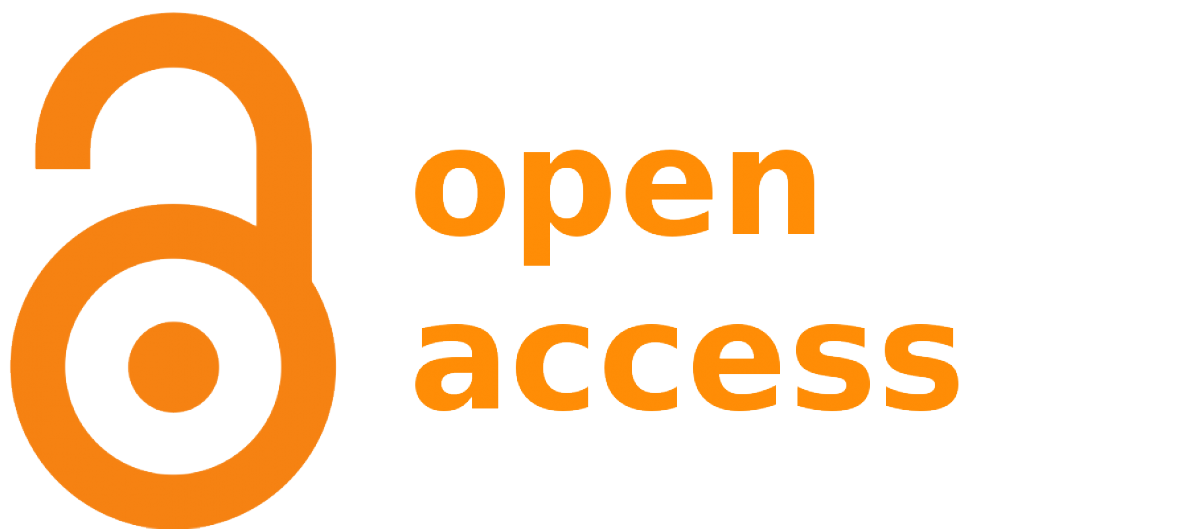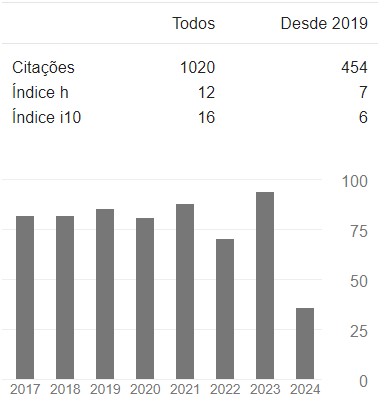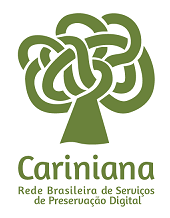Nights at the circus: subverting male representations of women
DOI:
https://doi.org/10.5433/1678-2054.2008v13p78Keywords:
Subversion, Male representations of women, Intertextuality, ParodyAbstract
Angela Carter’s Nights at the Circus appropriates and rewrites certain traditional views – thus male views – of the female subject which have become models of behaviour for women throughout history. I will explore Carter’s deconstruction of these representations through the use of intertextuality and parody, giving voice to women who had been silenced for hundreds of years. I will focus on those of Carter’s rewritings who contribute the most to the subversion of a certain traditional patriarchal male representation of women, namely the revision of the mythical character Helen of Troy, of popular fairy tales and, finally, of Goethe’s character, Mignon.Downloads
References
FINNEY, Brian. “Tall Tales and Brief Lives: Angela Carter’s Nights at the Circus”. Disponível em: http://www.csulb.edu/~bhfinney/AngelaCarter.html. Acesso em 18 jun. 2008 (1998).
FOUCAULT, Michel. The Archaeology of Knowledge. London: Tavistock, 1974.
GOETHE, J. W. von. Wilhelm Meister’s Apprenticeship. Disponível em: http://www.bartleby.com/314/. Acesso em 18 jun. 2008.
GUEDES, Peônia V. “Elementos parodísticos, grotescos e carnavalescos em Nights at the Circus, de Angela Carter”. In: JOBIM, J. L. (Org.). Literatura e Identidades. Rio de Janeiro: UERJ, 1999. 239-254.
HUTCHEON, Linda. The Politics of Postmodernism. New York: Routledge, 2002.
KRISTIANSEN, Marita. The Ravished Reader – Angela Carter’s Allegory in Nights at the Circus. Bergen: University of Bergen, 2000. Disponível em: http://www.ub.uib.no/elpub/2000/h/501001/. Acesso em 18 jun. 2008.
SCHMID, Susanne. ““Black Venus” – Jeanne Duval and Charles Baudelaire Revisited by Angela Carter”. Disponível em: http://webdoc.gwdg.de/edoc/ia/eese/artic97/schmid/2_97.html. Acesso em 18 jun. 2008.
Downloads
Published
How to Cite
Issue
Section
License
Authors who publish in this journal agree to the following terms:
a) The authors retain the copyright and grant the journal the right of first publication, the work being simultaneously licensed under the Creative Commons Attribution-NonCommercial 4.0 International License, allowing the sharing of the work with acknowledgment of the authorship of the work and initial publication in this journal.
b) Authors are authorized to assume additional contracts separately, for non-exclusive distribution of the version of the work published in this journal (eg, publish in an institutional repository or as a book chapter), with acknowledgment of authorship and initial publication in this journal.
c) Authors are allowed and encouraged to publish and distribute their work online (e.g. in institutional repositories or on their personal page) after the editorial process, as this can generate productive changes as well as increase impact and citation of the published work (See The Effect of Open Access).
d) The authors of the approved works authorize the journal to, after publication, transfer their content for reproduction in content indexers, virtual libraries and the like.
e) The authors assume that the texts submitted for publication are of their original creation, taking full responsibility for their content in case of any objection by third parties.


















